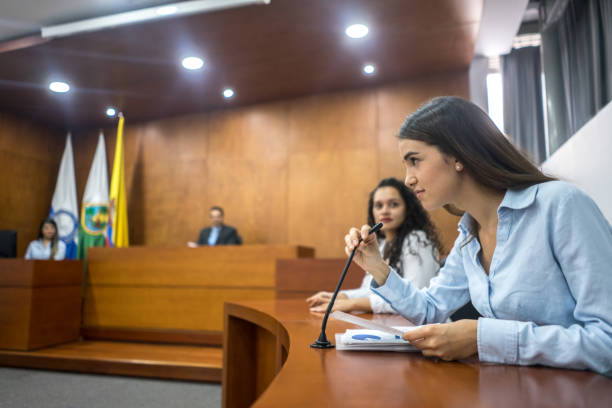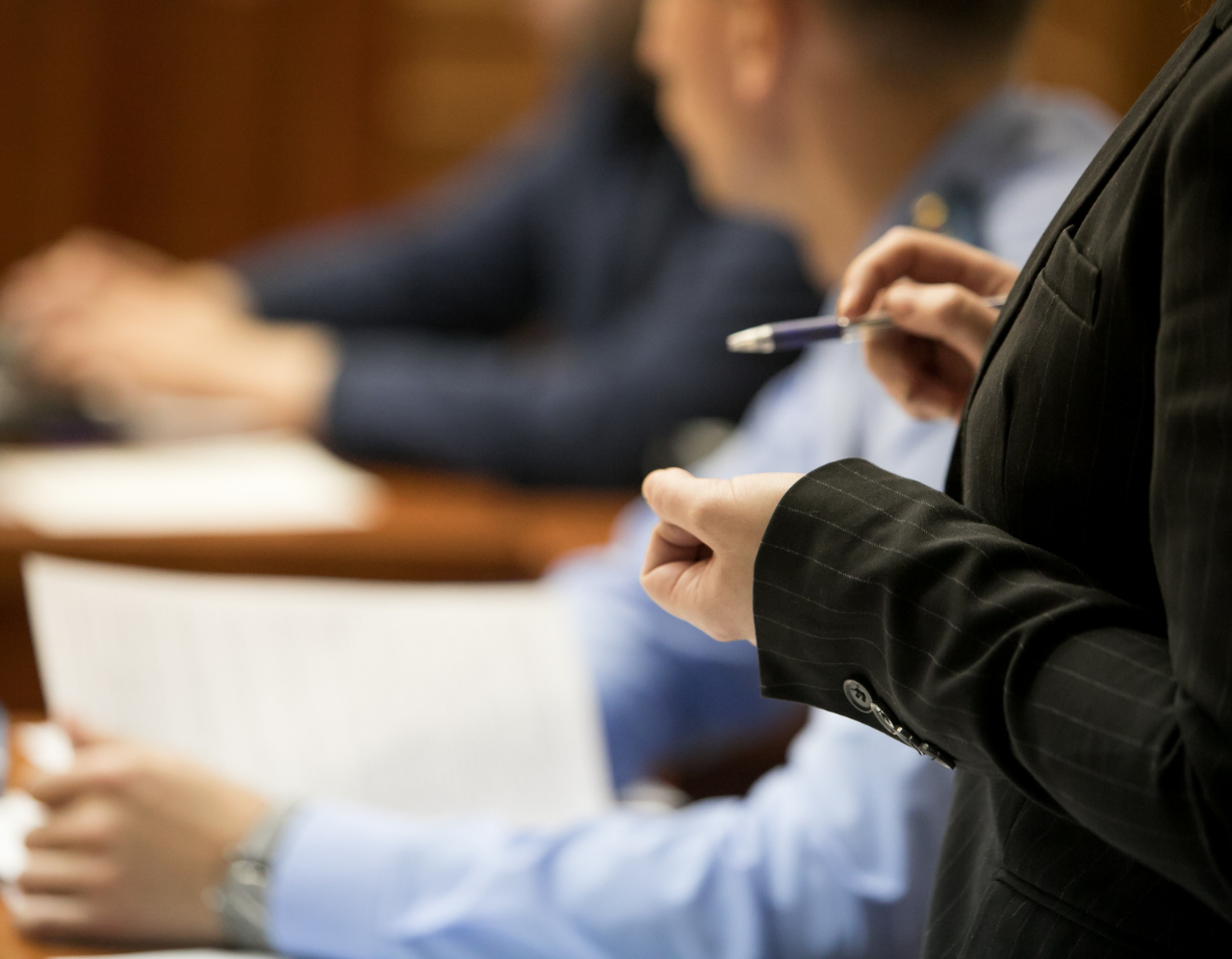From Concept to Court: Steps to Develop Powerful and Persuading Trial Presentations
From Concept to Court: Steps to Develop Powerful and Persuading Trial Presentations
Blog Article
Browsing the Complexities of Test Presentations: Tips for Seamless Delivery and Engaging Disagreements
In the realm of lawful proceedings, the art of test presentation stands as a critical factor of success. As attorneys browse the intricate internet of courtroom characteristics, the ability to flawlessly deliver debates and evidence while astounding the jury's interest becomes vital. The complexities intrinsic in test presentations call for a delicate balance of skill, strategy, and skill. By sharpening techniques that make sure a sleek delivery and crafting engaging debates that resonate with the audience, attorneys can significantly improve their campaigning for. In a globe where persuasion rules supreme, mastering the complexities of test discussions is not just an option however a requirement for those looking for to dominate in the court room.

Understanding Test Purposes
To effectively navigate a trial, it is vital to have a clear understanding of the purposes that need to be achieved. Before tipping right into the court room, lawful teams must define their goals and preferred end results. These purposes work as guiding principles throughout the trial, shaping techniques and affecting decision-making procedures.
Recognizing test purposes entails a comprehensive analysis of the case, legal precedents, and the customer's benefits. Trial Presentations. It needs a thorough examination of the truths, determining crucial issues, and anticipating prospective challenges. By establishing certain and measurable goals, attorneys can customize their presentations and arguments to align with the wanted outcomes
Furthermore, a clear understanding of test goals enables legal groups to focus on evidence, witnesses, and lawful disagreements efficiently. It allows for the growth of a coherent narrative that reverberates with the discretionary, reinforcing the total instance discussion.

Organizing Evidence Efficiently
Having a clear understanding of trial purposes lays the foundation for arranging evidence effectively in lawful proceedings. By straightening the presentation of proof with the preferred outcomes of the test, legal groups can strengthen their debates and enhance their persuasiveness.
An additional secret element in organizing proof successfully is developing a rational flow. Offering evidence in a consecutive and coherent way can aid develop an engaging narrative that sustains the legal disagreements being made. Additionally, utilizing aesthetic aids such as graphes, timelines, or graphs can additionally boost the organization of evidence and aid in clarifying complicated partnerships or sequences of events.
In addition, ensuring that all evidence offered is appropriate and acceptable to the instance is crucial. Inadmissible or irrelevant proof can interfere with the stamina of the disagreement and possibly harm the credibility of the here and now event. A careful testimonial and option procedure need to be taken on to consist of just the most legitimately audio and impactful proof in the test discussion.
Crafting Influential Stories
Crafting engaging stories plays a critical duty in providing persuasive debates during lawful procedures. When you can find out more constructing a story for a trial discussion, it is important to develop a clear storyline that highlights vital points and attaches them in a meaningful manner. By weaving with each other evidence, statement, and legal disagreements into a convincing and natural story, legal professionals can properly advocate for their clients and raise the probability of a positive end result in the court room.
Mastering Visual Aids
Effective use visual help is vital to improving the influence and clarity of test discussions. Visual aids, when made use of strategically, have the power to simplify complicated details, reinforce bottom lines, and leave a long lasting perception on the discretionary. To master visual aids in test discussions, it is essential to make sure that they are clear, succinct, and relevant to the arguments being made.
When integrating aesthetic help, such as graphes, timelines, pictures, or charts, into a trial presentation, it is important to maintain them aesthetically appealing yet specialist. The my review here visuals need to complement the verbal arguments, offering a graph of the information being talked about without overwhelming the audience with unnecessary details.
Furthermore, exercising with the visual aids beforehand is vital to make sure a seamless shipment during the trial. Familiarizing oneself with the web content, changes, and timings of each aesthetic help can assist preserve the flow of the presentation and prevent technological problems that may occur.
Delivering Impactful Closing Arguments
An engaging closing debate acts as the conclusion of a trial presentation, enveloping the core story and convincing the judge and court in the direction of a positive decision. To supply an impactful closing debate, it is vital to succinctly wrap up bottom lines, highlight the toughness of your situation, and address any kind of weak points in a tactical manner. Begin by laying out the primary arguments that sustain your client's placement, highlighting why the evidence offered throughout the trial sustains your story. It is important to develop a feeling of cohesion and clearness, directing the court and jury in the direction of the preferred verdict.
Furthermore, integrating psychological appeal can better strengthen your closing argument. Inevitably, a well-crafted closing argument ought to leave a long-term perception, compelling the judge and court to rule in your client's favor.
Conclusion
In conclusion, understanding test discussions entails comprehending goals, organizing proof, crafting narratives, using aesthetic aids, and providing impactful closing arguments. By applying these methods effectively, attorneys can offer their case perfectly and make engaging debates in the courtroom. It is vital to browse the intricacies of trial discussions with precision and ability to accomplish success in legal proceedings.
By aligning the discussion of proof with the wanted outcomes of the test, lawful groups can reinforce their disagreements and enhance their persuasiveness (Trial Presentations). To understand aesthetic aids in trial discussions, it is crucial to guarantee that they are clear, succinct, and appropriate to the disagreements being made
A compelling closing argument offers as the end result of a test presentation, enveloping the core narrative and persuading the court and court towards a beneficial view website decision. Begin by outlining the major arguments that support your client's placement, highlighting why the proof offered throughout the trial sustains your narrative.In conclusion, understanding trial discussions includes understanding goals, organizing evidence, crafting stories, making use of aesthetic help, and providing impactful closing debates.
Report this page